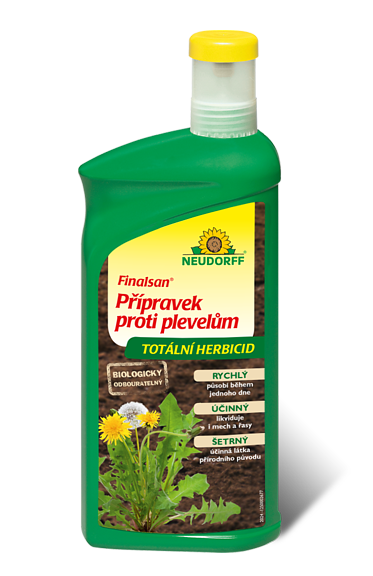Prunus domestica 'QUEEN VICTORIA' plum
Queen Victoria is probably the most popular plum with red skin. It is a heavy cropper, producing typically egg-shaped fruit with yellow skin decorated with numerous red blotches. It is very sweet and juicy, stone-free. The best way to eat them is fresh off the tree, obviously, but they can be processed into jams and canned, even dried and frozen. A red plum preserve is divine and if you think that the plum puree is not sharp enough you can add a little bit of lime juice, or mix a few cranberries into a bottle.
Along with pears and apricots, plums are the sweetest and healthiest fruit of our climate. They contain up to 16g of sugars in 100g of fruit which can be compared to sugar contents in mangoes. They are also high in potassium, calcium, phosphorus, and contain up to 35 micrograms of vitamin A (carotens) which can only be topped by apricots from amongst large fruit.
It flowers in May and is self-fertile which means it does not need another plum tree to bear fruit, and on the other hand pollinates other plum trees with its pollen, e.g. most Reine-Claude varieties. It can be kept smaller by pruning. Young trees should be pruned to help the branches get strong enough to hold the fruit. Fully hardy to -27°C.
Last update 11-02-2013

5 083 Kč

6 910,5 Kč
Goods are shipped all over Europe. For Russia and U.K. and for further details please read about SHIPPING OPTIONS HERE.
Are you interested in a serious discount for orders NOV-FEB? Check your options here.
THE PRICES INCLUDE VAT of 15%. For quick conversion you can use 1 CZK = approx. 0.04 EUR
- STANDARD QUALITY - Plants of this group are 1st class quality with number of branches and overall density adequate to their size and age, considering they were container grown.
- DE LUXE QUALITY - This label guarantees a luxurious quality of manually selected plants that, compared to their height and age, are exceptionally dense and beautiful.
- EXTRA - These plants are usually mature and bigger specimens with exceptional overall appearance.
- STANDARD (as described in the plant form) means a tree with a trunk of 190-210 cm and a crown at the top, unless specified differently. The commercial size for trees is their girth measured in the height of 1m from ground.
- HOBBY - These plants are of the same quality as our standard-quality plants but younger and therefore cheaper.
- SHRUB - a woody plant with branches growing bushy from the ground level.
- HALF-STANDARD or MINI-STANDARD - a small tree with shorter trunk, its size is usually specified.
- FEATHERED - These are trees with branches growing already from the base of the trunk and up along the stem.
- GRASSES and PERENNIALS - Sizes given usually read the diameter of the pot or the clump, as specified.




































